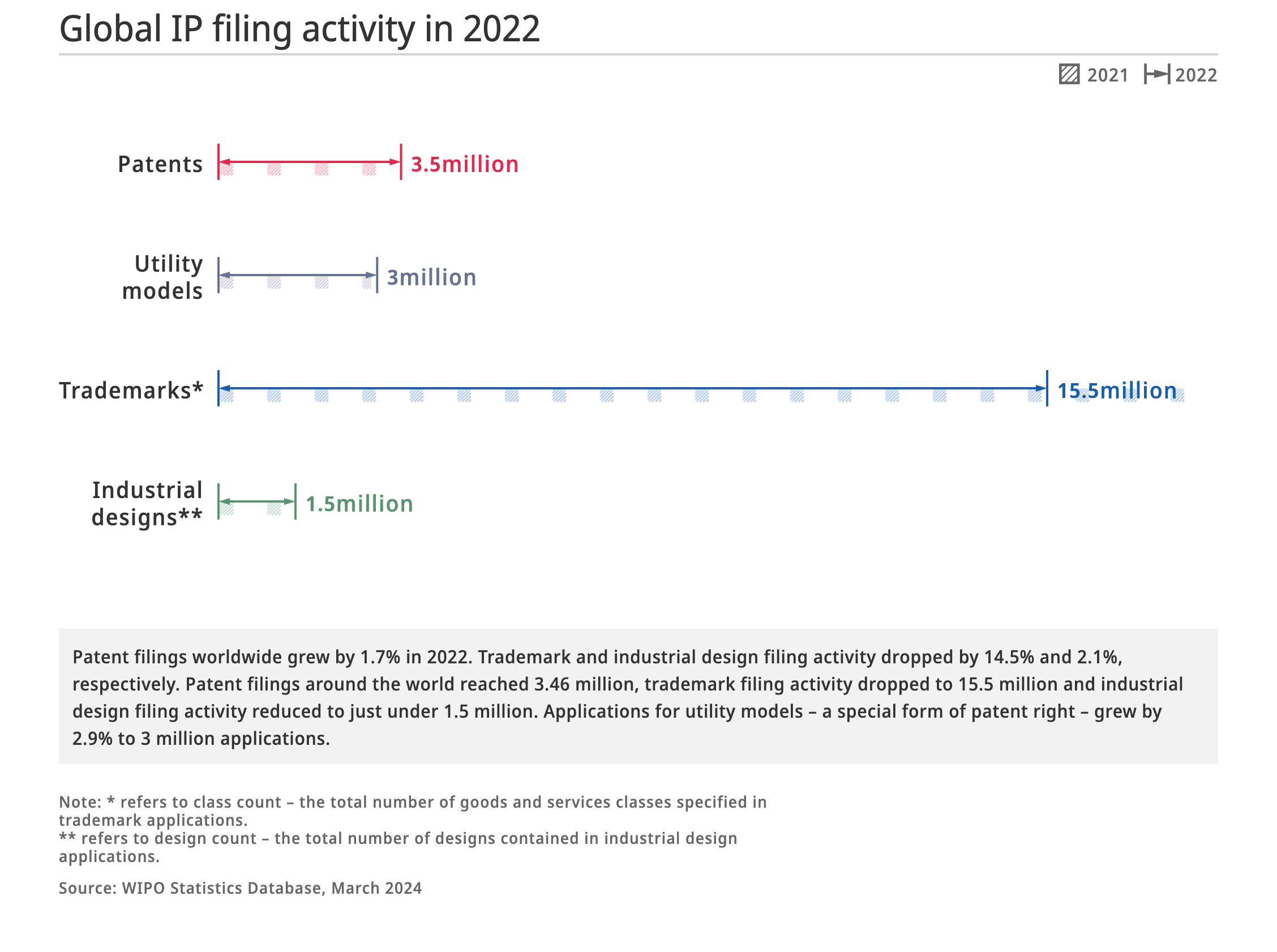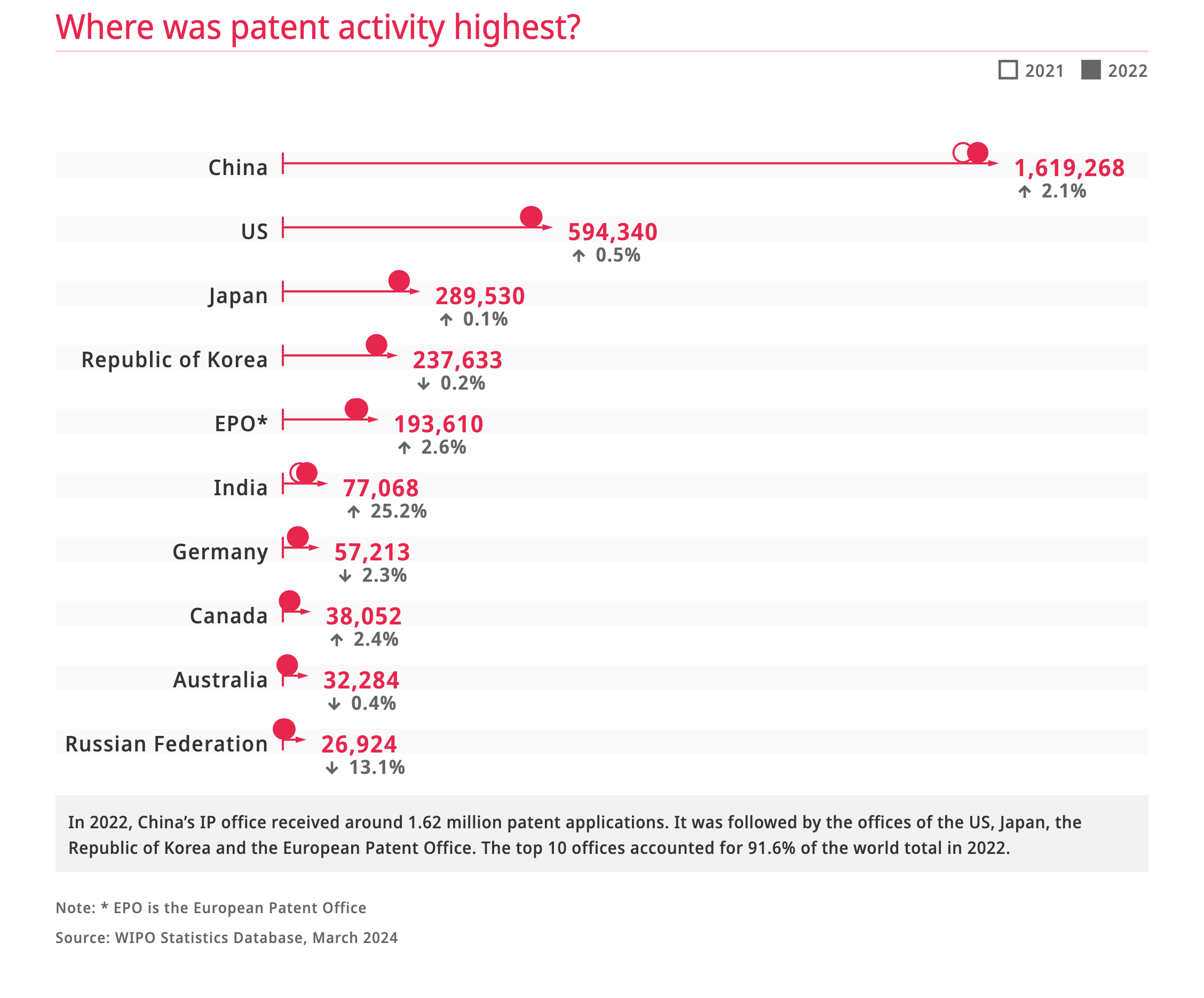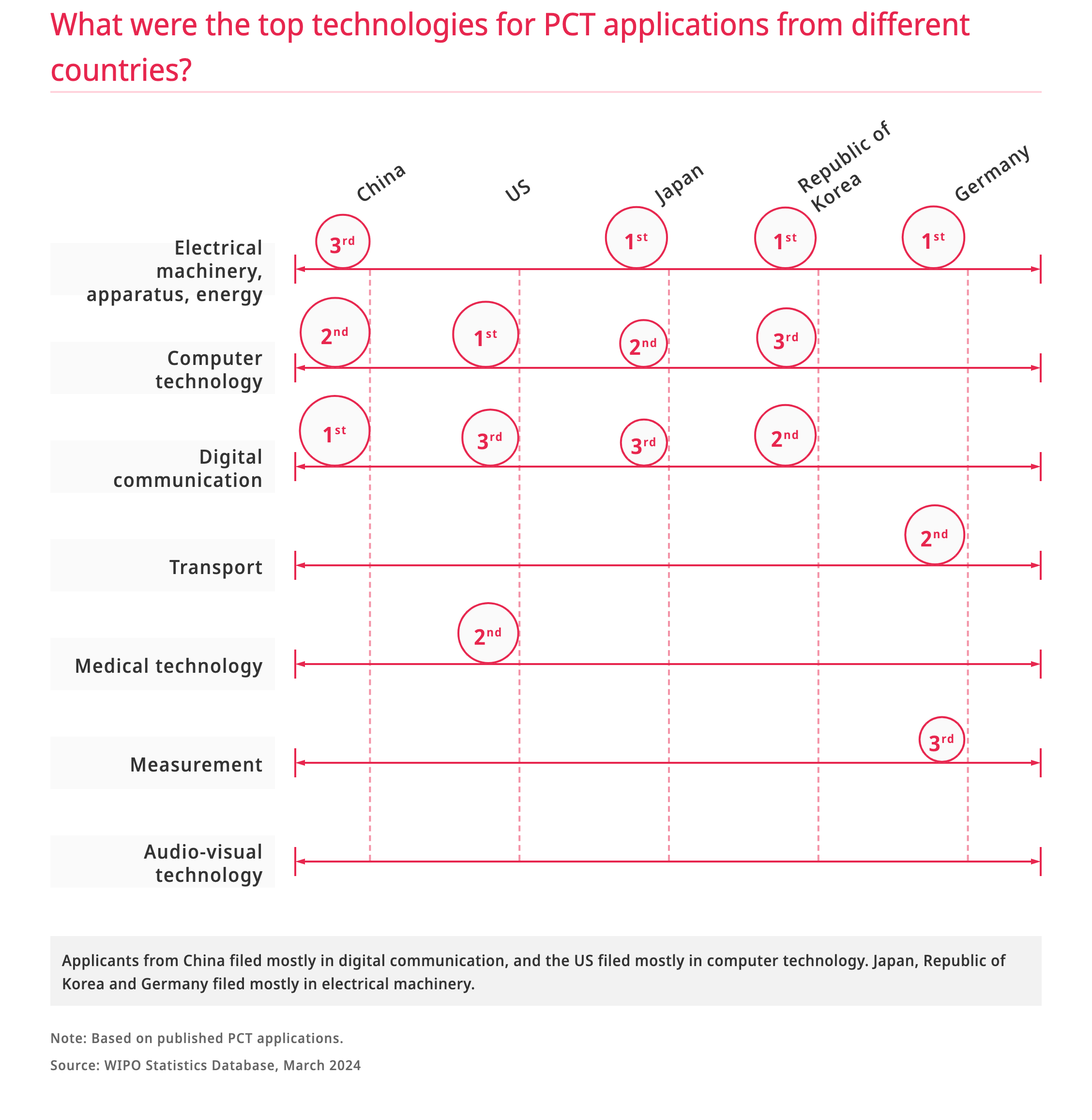Product innovation and the role of market research
Product innovation refers to the process of creating and introducing new or significantly improved products to the market. It involves developing and implementing new or refined ideas, designs, technologies, or features that meet the changing needs or preferences of customers and offer unique value propositions compared to existing products.
It’s about understanding and anticipating the needs of customers in order to evolve your business to new heights. Or as this article puts it, “Product innovation, therefore, isn’t a nice-to-have, but an integral part of every successful business today. Failure to innovate puts an organisation regardless of size at risk.”
Harvard Business School outlines that there are three key types of innovation:
- Sustaining innovation, in which a business consistently provides the highest quality products to its best customers
- Low-end disruption, in which an emerging company enters at the bottom of the market, providing a “good-enough” product with a low-profit model
- New-market disruption, in which an emerging company creates a new segment in an existing market and moves upmarket, gradually rendering the incumbent products obsolete
The difference between each lies in their relationship to the exisiting market – with low-end and new-market disruption both labelled as disruptive innovation, used by companies with less resources to challenge more well established businesses. Whereas a sustaining innovation is one that targets the top of the market, directly competing with the most sought after products in the segment.
The World Intellectual Property Organisation states that patent filings worldwide grew by 1.7% in 2022, while trademark and industrial design filing activity dropped by 14.5% and 2.1%, respectively. Patent filings around the world reached 3.46 million, trademark filing activity dropped to 15.5 million and industrial design filing activity reduced to just under 1.5 million.

So who are the patent heavy hitters? China are the clear leaders with the IP office of China receiving 1.62 million patent applications in 2022. The US, Japan and Republic of Korea round out the top 4. Australia sits at number 9 of the the top 10 offices with over 32,000 applications, a drop of .4% in 2022 from the previous year. The top 10 offices account for 91.6% of the world total in 2022.

In terms of the industries commonly filed in, applicants from China filed mostly in digital communication, whereas the US filed mostly in computer technology. Japan, Republic of Korea and Germany filed predominantly in electrical machinery.

Successful product innovation requires a combination of creativity, market insight, technological expertise, and effective execution. Market research is a vital component in product innovation, as it provides valuable insights and data that inform the various stages of the innovation process. Here are some key ways in which market research contributes to product innovation:
- Identifying Opportunities: Market research helps businesses identify emerging trends, consumer preferences, and unmet needs in the market. By analysing market dynamics, competitor offerings, and customer feedback, companies can identify gaps or opportunities for innovation.
- Understanding Customer Needs: Market research helps companies gain a deeper understanding of customer needs, pain points, and preferences. By conducting surveys, interviews, focus groups, and observational studies, businesses can gather insights into what customers value, what problems they need solving, and how they perceive existing products or services.
- Validating Ideas: Before investing resources into developing new products, market research can help validate product concepts and ideas. By testing concepts with target customers through surveys, concept tests, or prototype evaluations, businesses can gauge interest, gather feedback, and identify potential barriers to adoption.
- Assessing Market Demand: Market research helps businesses assess the potential demand for new products and estimate market size and growth potential. By analysing demographic data, purchasing behaviour, and market trends, companies can make informed decisions about the viability and market opportunity of their innovation initiatives.
- Informing Product Development: Market research provides valuable inputs for product development by guiding decisions on product features, design elements, pricing strategies, and positioning. By understanding customer preferences and competitive offerings, businesses can tailor their product development efforts to better meet market needs and differentiate their offerings.
- Testing and Iteration: Throughout the product development process, market research facilitates testing and iteration by providing feedback on prototypes, beta releases, or pilot programs. By gathering feedback from real users, businesses can identify areas for improvement, validate product assumptions, and make iterative adjustments to optimise the product-market fit.
- Monitoring Competitive Landscape: Market research helps businesses stay informed about the competitive landscape by tracking competitor activities, market trends, and industry developments. By conducting competitive analysis and benchmarking, companies can identify opportunities for differentiation and anticipate potential threats or disruptions.
Overall, market research serves as a foundation for informed decision-making throughout the product innovation process, helping businesses minimise risks, maximise opportunities, and ultimately deliver products that resonate with target customers and drive competitive advantage.
Want to learn more about how Square Holes can help you innovate? Head here.




